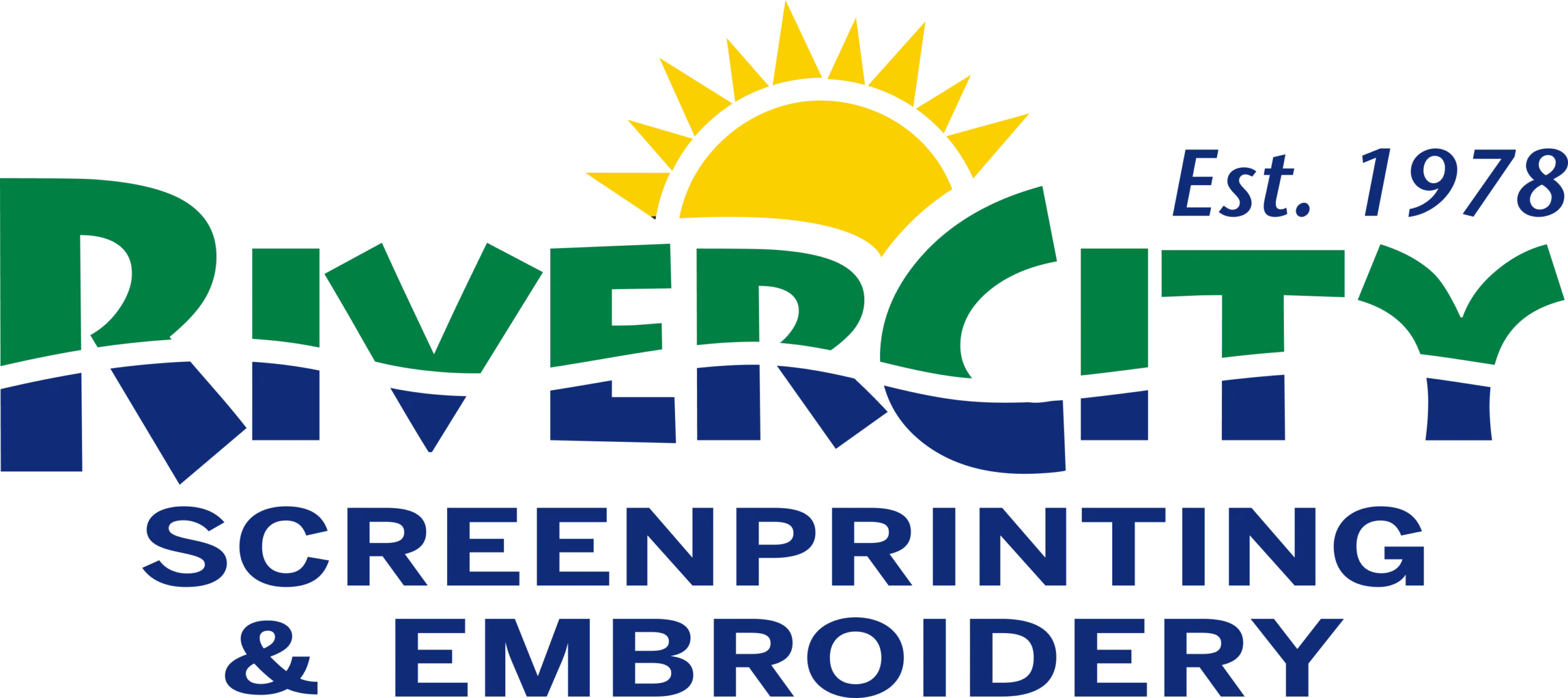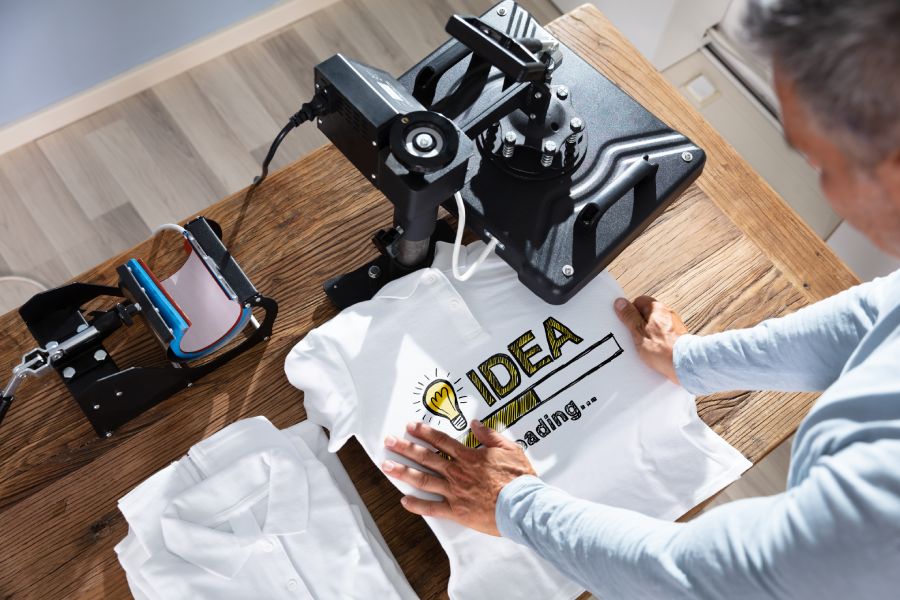Enlarging a logo without it appearing to be blurry can be tricky unless you are hiring a professional to do it for you, though it can be done. High-resolution photos produce vibrant colors for higher-quality logos when they are printed in large format. Here are some tips on printing logos in large format, whether you have a professional do it, or if you are printing logos yourself.
Enlarge Your Logo Without it Appearing to be Blurry
1. Vector images can be enlarged without changing pixels. The anchor lines are enlarged in perfect proportion to the logo, although they are not visible to the naked eye. You can’t see the anchor lines, but the printer can.
2. Vector files can be edited in Adobe Illustrator or Inkscape. If you are printing your logo your self these can be great tools to use for editing. You can also hire a professional to do this for you. If you have a professional print your logos from a vector file, be sure they return the file to you for later use.
3. If you have created your logo as a vector image, you don’t have to worry about cropping the photo, nor will you have to know how many pixels it has. This is an upside to using vectors as they can be scaled without the quality of the image being compromised.
Use High-Resolution Photos
1. Compare the photos you have taken and choose the one with the highest resolution, then click on “images.” At the drop down menu, go to “resample images.”
2. If “resample images” is checked, remove it. By doing so, the pixels will not change when you enlarge the photo.
3.Jpeg files will not work. If you try and use a jpeg to create your logo you will find trouble as when it is scaled to a larger size it will appear blurry or pixelated since the pixels do not resize with the image as it is scaled larger. When you are looking at your logo, it may appear to be clear, but as the pixels are enlarged, the logo will appear blurry.
Cropping a Photo
1. Using Photoshop, click on the letter “C.” This shows you the grid lines so that you can enlarge the photo.
2. If you have background colors, they may be blurry as you enlarge your photo, so crop accordingly. Remember, high-resolution photos offer the most vibrant, clear colors for your logo.
3. You can center the logo or maybe not. Professionals use the “rule of thirds” in photography. The “rule of thirds” means to divide the subject into three parts, not just horizontally, but vertically as well. Since this is a logo, you may want it to be centered squarely on the T-shirt.
Resize Your Image
1. Resizing an image for placement on a T-shirt often results in fuzzy or blurred colors as you are enlarging it. Professional printers use what is known as a “Pantone matching system.” Knowing the “PMS” is needed for the printer to match colors.
2. When printing your own logo, consider placement on the shirt you are using.
3. Go to “image,” set your resolution accordingly, start at 300 and increase as needed. Go back to “Resample Image” and set it to “Bicubic Auto” for better-quality photos.
Conclusion
Since first impressions matter, it’s best to use a high-quality image for your logo. Saving money by using low-quality images does not necessarily mean you will save money in the long run. This is your business and a professional appearance by using effective and refined marketing tools will only help your business.

